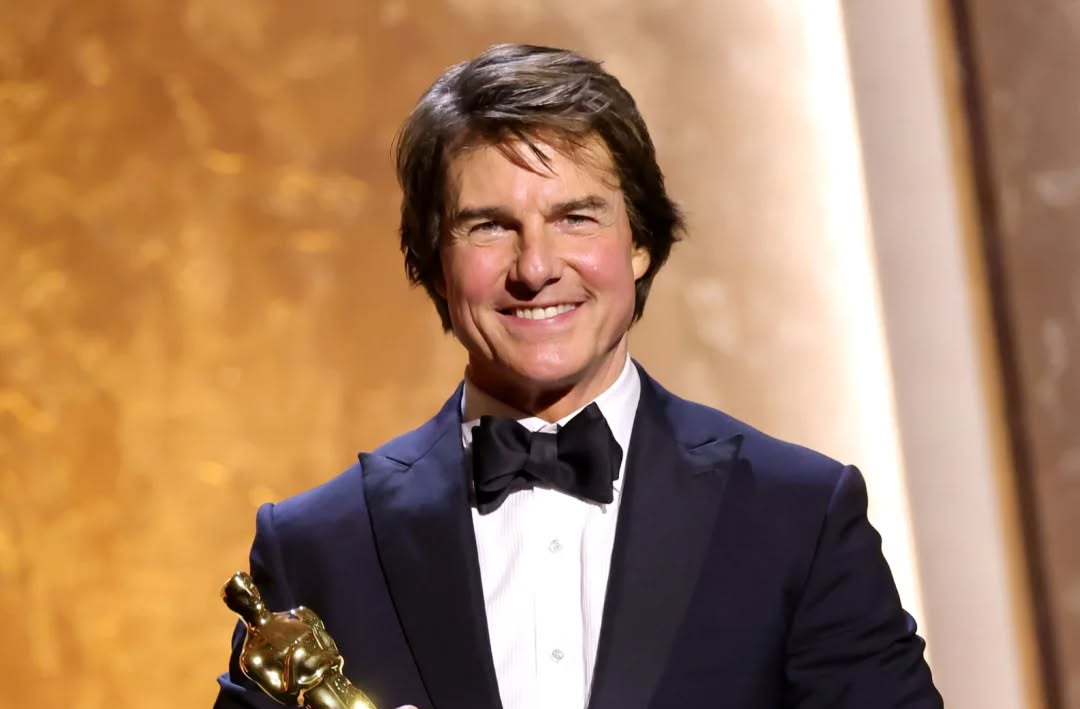Tom Cruise’s Honorary Oscar: Lessons in Creative Ownership and Business Strategy
Tom Cruise’s Honorary Oscar represents more than a lifetime of cinematic achievement. It reflects a career built at the intersection of talent, entrepreneurship, and strategic financial management. For leaders and CEOs, Cruise’s journey offers insight into how personal brand, equity ownership, and governance decisions can shape enduring influence in any industry.
Owning Your Work: The Entrepreneurial Mindset
Cruise has long emphasised that filmmaking is not just a profession, but an extension of his identity. Through Cruise/Wagner Productions and other ventures, he has transformed from actor to business owner, securing creative control and financial participation in projects. According to public filings and industry reports, this model has allowed him to participate in backend revenue, giving him stakes in a film’s success beyond upfront fees.
This alignment between effort, creativity, and financial reward mirrors principles often applied in corporate strategy: when executives have equity in a business outcome, decisions are incentivised toward long-term value rather than short-term gain.
The Financial Architecture Behind a Superstar Career
Cruise’s earnings, estimated at around $600 million, illustrate how combining operational control with profit-sharing structures can amplify returns. Key elements include:
-
Participation in box office revenue through backend deals, incentivising him to contribute beyond performance alone.
-
Production-level oversight, giving him influence over budgets, schedules, and casting.
-
Diversified investment in real estate and other assets to balance income volatility inherent in entertainment.
Such structures are analogous to executive stock options or founder equity in a corporate environment, where long-term growth potential is tied directly to leadership decisions.
Governance and Brand Power
By retaining partial control over production and decision-making, Cruise exercises a unique form of governance. He shapes both creative and financial outcomes, ensuring alignment between artistic ambition and commercial viability. The Honorary Oscar acknowledges this dual role: artist and executive.
This model carries broader lessons for leadership. In any business, governance structures that combine operational oversight with financial interest can reinforce accountability, encourage calculated risk-taking, and preserve long-term strategic direction.
Legal and Risk Considerations
Cruise’s approach is not without complexity. Contractual arrangements for profit-sharing and production rights require meticulous legal structuring. Intellectual property rights, backend deals, and revenue participation clauses introduce both opportunity and risk. These arrangements parallel corporate governance in industries where leadership equity, IP ownership, and long-term contracts are central to sustaining competitive advantage.
High-value projects also necessitate careful tax planning and regulatory compliance, especially for revenue streams that span global markets and cross-border distribution, demonstrating how legal frameworks intersect with strategic decision-making in high-stakes enterprises.
Strategic Insights for CEOs
Cruise’s career highlights several principles relevant to business leaders:
-
Structuring personal and organisational incentives to align with long-term goals.
-
Balancing operational control with external investment and stakeholder expectations.
-
Leveraging brand and reputation as strategic assets to expand influence and commercial opportunity.
-
Building governance frameworks that protect creative or operational vision while facilitating growth.
For CEOs, Cruise exemplifies how entrepreneurial discipline and strategic oversight can coexist with personal mastery of a craft, generating both financial and reputational capital.
The Legacy of Leadership
Receiving an Honorary Oscar is a symbolic milestone, yet Cruise’s work illustrates that recognition often follows sustained strategic and financial alignment. As he continues to produce, perform, and invest in new ventures, the principles underpinning his career—ownership, alignment, and governance—remain instructive for any leader navigating complex, high-risk industries.
By integrating personal brand with structured financial and creative control, Cruise demonstrates a blueprint for enduring influence that transcends traditional boundaries between talent and enterprise leadership.














